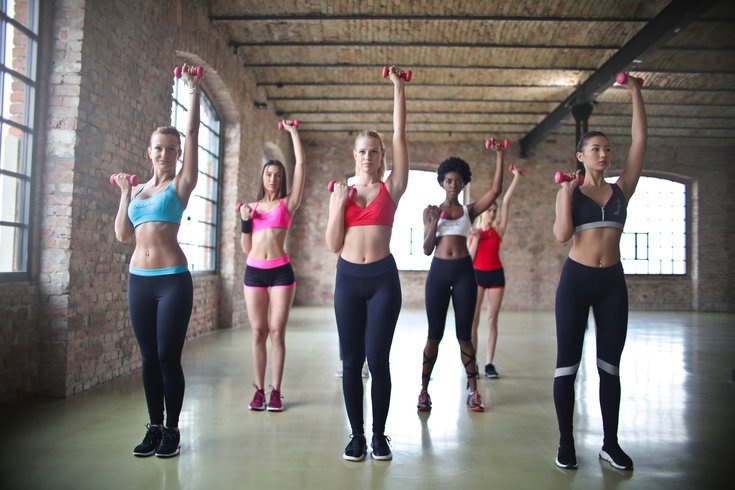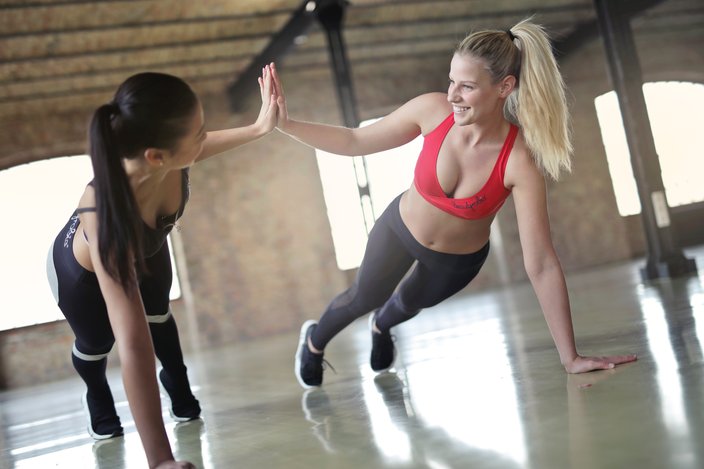
May 21, 2018
 bruce mars /Pexels
bruce mars /Pexels
“Choose lightweight, moisture-wicking fabrics,” says Liz Pagonis of Philadelphia Runner. “It’s more important to feel good when you work out."
Wondering what to wear to the gym? The days of rummaging through your drawers for an old T-shirt and any pair of shorts that fit are long gone, as most of your fellow gym goers have upped their game when it comes to athletic wear. It’s not purely for aesthetics, however. There’s more than meets the eye when it comes to having a wardrobe of gym clothes for your various sweat sessions.
First off, it’s a matter of comfort and confidence. According to Lauren Makinson of Sole Active in Haddonfield, N.J., when you feel good about what you’re working out in, you’re less likely to slack.
“Comfort and confidence is key,” she says.
“If your attention is focused on how you look, or issues with your clothes, you’re not making the most of the time you have to work out. Make sure you are excited and comfortable in the outfit you have on so you can rock your workout.”
Liz Pagonis of Philadelphia Runner has similar feedback, in that it’s not about the look of the clothes, but how they make you feel.
“It’s more important to feel good when you work out,” she says.
“It’s hard enough to go to the gym or squeeze in a workout some days — you don’t want uncomfortable gear to be another obstacle.”
So, what sorts of gym clothes make you feel good? It all starts with the fabric.
“Choose lightweight, moisture-wicking fabrics,” Pagonis says.
“Cotton is a great fabric for other areas of life, but it gets heavier with sweat, which can slow you down and feel uncomfortable. Synthetic materials help keep you cool and dry to prevent chafing and other skin irritation.”
Makinson also suggests layering your gym clothes so that the transition from work to working out is more seamless.
“The athleisure phenomenon has provided the ability to incorporate functional clothes into our entire day,” she says.
“A pair of Koral Lustrous Leggings can easily be paired with a sweater and boots for an everyday look. Quickly swap the boots for sneaks and take the sweater off to show the activewear tank layered underneath, and you’re ready to take on any workout.”
Synthetic materials help keep you cool and dry to prevent chafing and other skin irritation.
“You want to be in a shoe that’s comfortable and suited for the activity that you are doing,” Pagonis says.
“We recommend getting properly fitted for a pair of sneakers at a local specialty shop in order to find the right pair of shoes for you. Staff will watch you run and walk, measure your feet and ask questions in order to assess your needs and recommend the best options for your feet.”
And if you want to avoid those painful blisters — especially in the summer months — investing in the right pair of socks can go a long way.
“All socks are not created equal,” Pagonis adds.
“Like we said before, avoid cotton. Socks made of synthetic materials are designed to help prevent blisters by reducing friction and wicking away moisture.”
 bruce mars /Pexels
bruce mars /Pexels